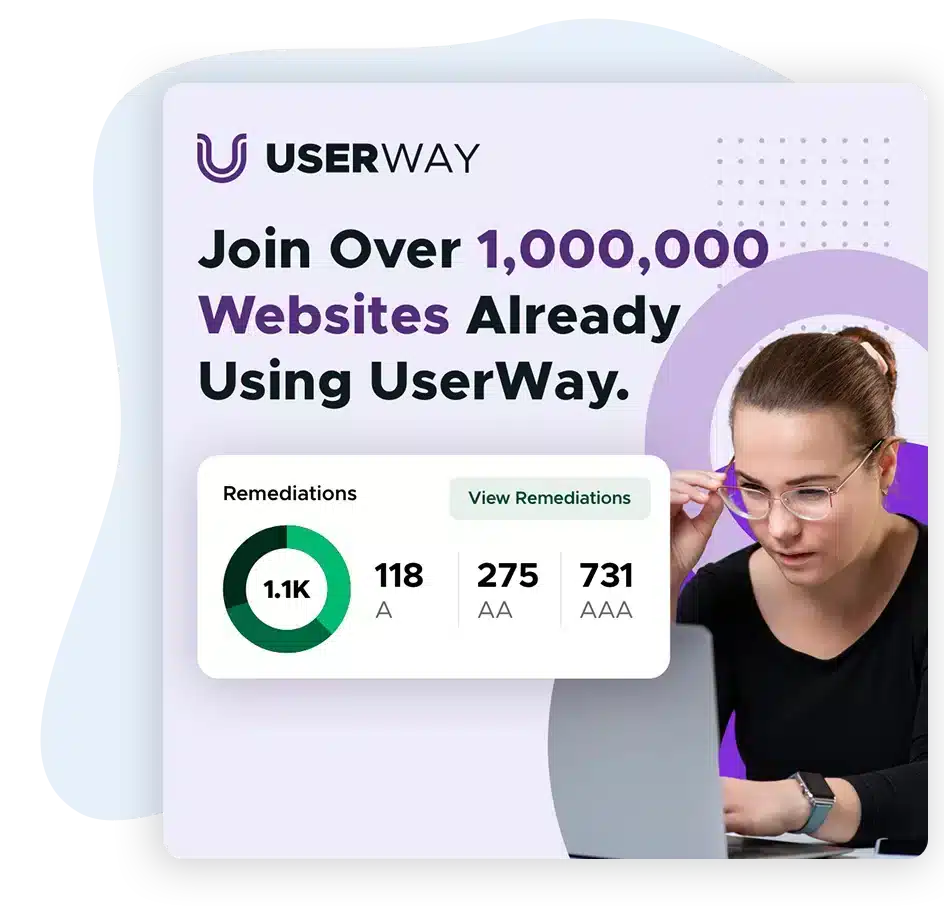Make your Website Accessible
Incorporating the internet into our daily routines has emphasized the importance of website accessibility for individuals with disabilities. Despite the surge of new websites, most are constructed without prioritizing accessibility. Merely 2% of the 350 million active websites have met accessibility standards, resulting in a substantial “web accessibility gap.” The amount of online users hindered by a disability, affecting their ability to browse a website adequately, is often underestimated. In the United States, over thirty-seven million people endure visual, auditory, or mobility impairments or are susceptible to seizures or epilepsy.
Website accessibility services are designed to make websites accessible to people with disabilities, such as visual, auditory, motor or cognitive impairments. These services help to ensure that all website content, including text, images, videos, and audio, can be accessed and used by all users, regardless of their abilities or disabilities. Some common website accessibility services include adding alt-text to images for visually impaired users, providing captioning or transcripts for videos, using clear and simple language in web content, and providing keyboard navigation for those who cannot use a mouse. By making websites accessible, businesses and organizations can ensure that they are inclusive to all individuals, regardless of their abilities, and avoid legal issues related to discrimination.

Accessibility Principles
Perceivable
Perceivability means the user can identify content and interface elements by means of the senses. For information and interface components to be perceivable, they need to be presentable to a user in a way that they can discern regardless of which senses they do or do not have use of.
Operable
Operability means that a user can successfully use controls, buttons, navigation, and other necessary interactive elements. For many users, this means identifying an interface control visually, and then clicking, tapping, or swiping. For other users, using a computer keyboard or voice commands may be the only means by which they can operate and control the interface.
Understandable
Understandable technology is consistent in its presentation and format, predictable in its design and usage patterns, concise, multimodal, and appropriate to the audience in its voice and tone. Users should be able to comprehend the content and learn and remember how to use the interface.
Robust
Robust I.T. is standards-compliant and designed to function on all appropriate technologies. Users should be able to choose the technology they use to interact with websites, online documents, multimedia, and other information formats.

